Roman Catholic mission and historic landmark in San Gabriel, California, named after the Archangel Gabriel and often referred to as the "Godmother of the Pueblo of Los Angeles"
From Los Angeles (10 miles): Get on US-101 S from N Main St. Take San Bernardino Fwy, I-10 E and I-710 N to Valley Blvd. Continue on Valley Blvd. Drive to Mission Rd in San Gabriel.
Overview
Mission San Gabriel Arcángel (Spanish: Misión de San Gabriel Arcángel) is a Roman Catholic mission and historic landmark in San Gabriel, California. The settlement was founded by Spaniards of the Franciscan order on "The Feast of the Birth of Mary," September 8, 1771, as the fourth of what would become twenty-one Spanish missions in California. San Gabriel Arcángel was named after the Archangel Gabriel and often referred to as the "Godmother of the Pueblo of Los Angeles."
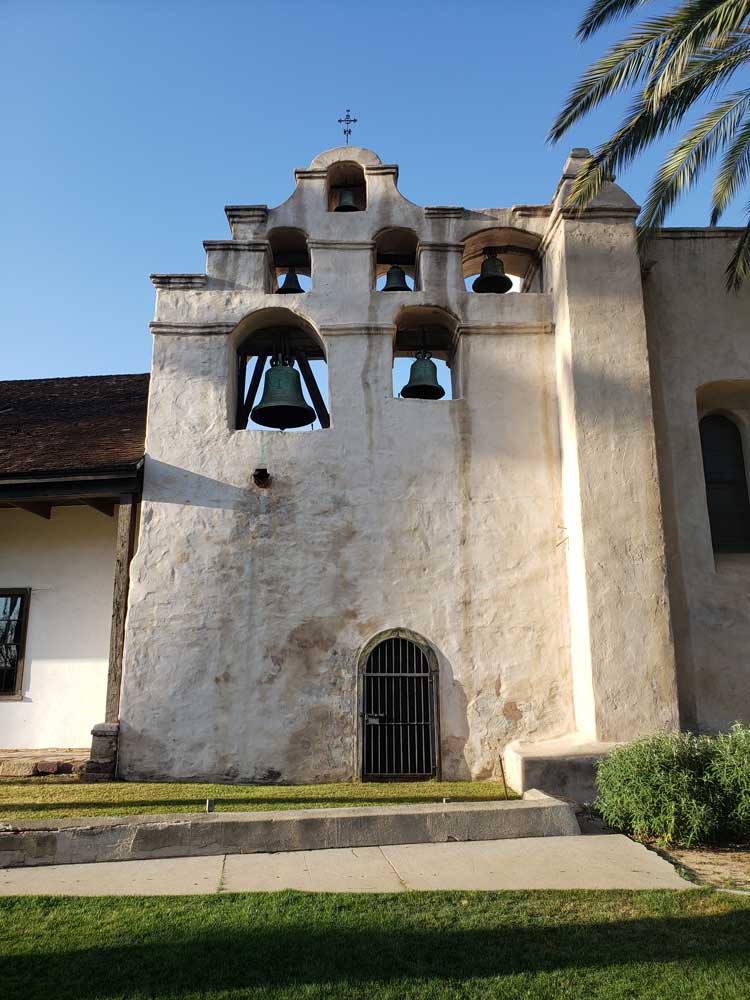
The mission was designed by Antonio Cruzado, who gave the building its capped buttresses and the tall narrow windows, which are unique among the missions of the California chain. A large stone cross stands in the center of the Campo Santo (cemetery), first consecrated in 1778 and then again on January 29, 1939, by the Los Angeles Archbishop John Cantwell. It serves as the final resting place for some 6,000 "neophytes;" a small stone marker denotes the gravesite of José de los Santos, the last American Indian to be buried on the grounds, at the age of 101 in February 1921.
Also interred at the Mission are the bodies of numerous Franciscan priests who died during their time of service, as well as the remains of Reverend Raymond Catalan, C.M.F., who undertook the restoration of the Mission's gardens. Entombed at the foot of the altar are the remains of eight Franciscan priests. Buried among the priests is centenarian Eulalia Pérez de Guillén Mariné, the "keeper of the keys" under Spanish rule; her grave is marked by a bench dedicated in her memory.
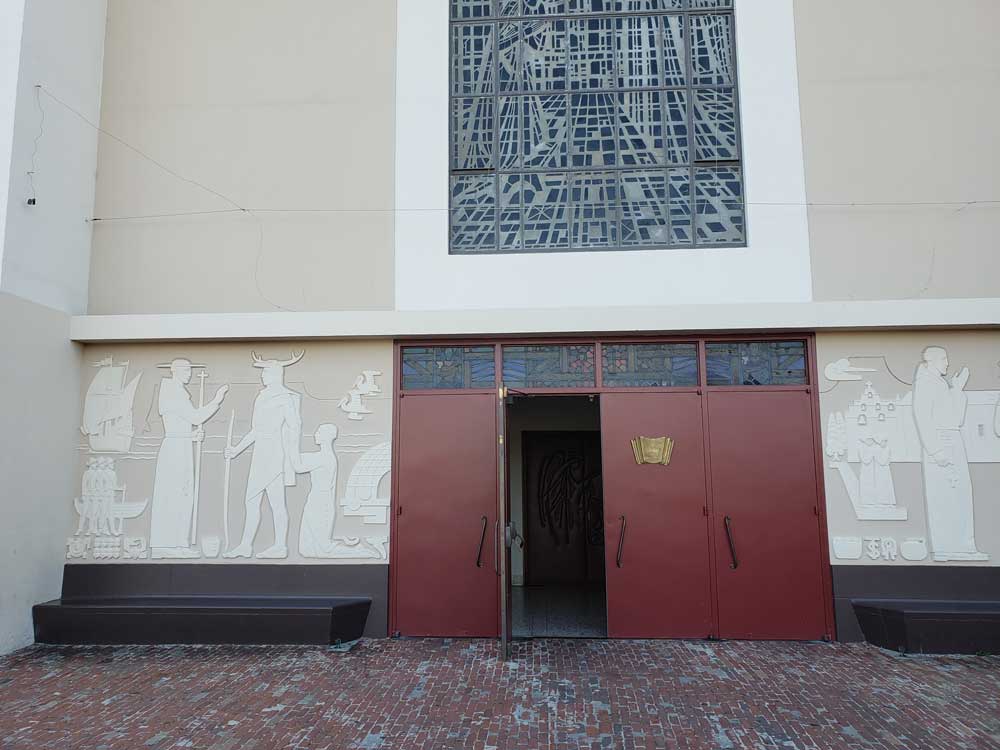
History
In August 1771, the Portolà expedition, which consisted of "ten Spanish soldiers and two Franciscan priests, encountered armed Tongva Indians on the banks of the Santa Ana River." One month later, Mission San Gabriel was founded on September 8, 1771, by Fray Ángel Fernández de la Somera and Fray Pedro Benito Cambón. The planned site for the Mission was along the banks of the Río de los Temblores (the River of the Earthquakes—the Santa Ana River). The priests chose an alternate site on a fertile plain located directly alongside the Río Hondo in the Whittier Narrows. The site of the Misión Vieja (or "Old Mission") is located near the intersection of San Gabriel Boulevard and Lincoln Avenue.
On December 9, 1812 (the "Feast Day of the Immaculate Conception of the Blessed Virgin"), a series of massive earthquakes shook Southern California. The 1812 San Juan Capistrano earthquake caused the three-bell campanario, located adjacent to the chapel's east façade, to collapse. A larger, six-bell structure was subsequently constructed at the far end of the Capilla. While no pictorial record exists to document what the original structure looked like, architectural historian Rexford Newcomb deduced the design and published a depiction in his 1916 work The Franciscan Mission Architecture of Alta (upper) California.
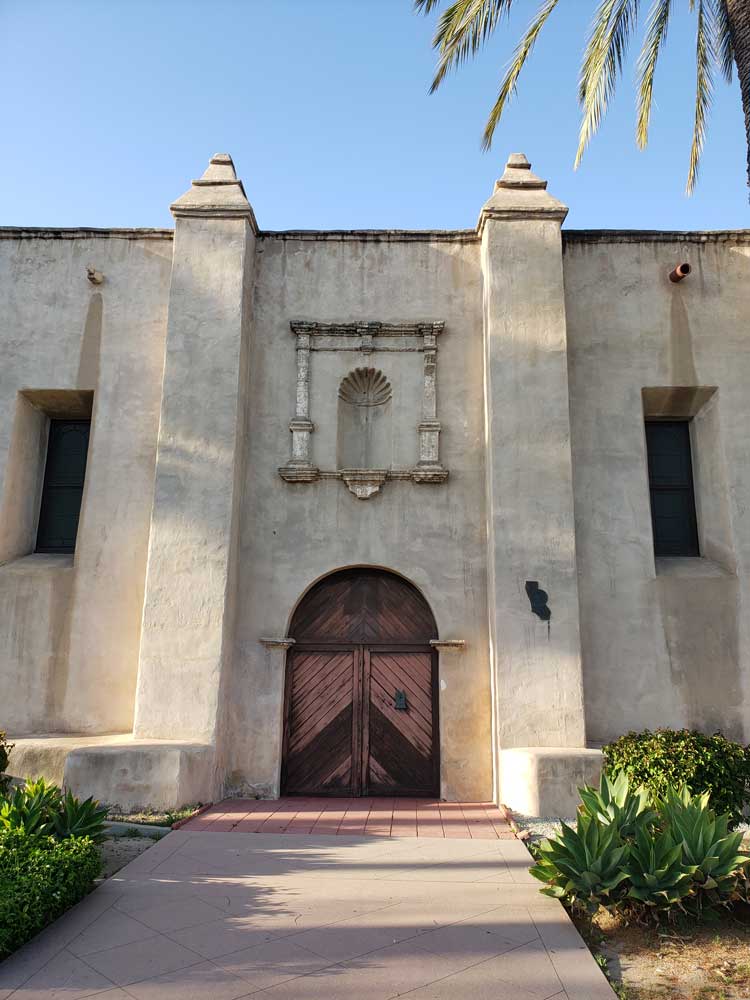
Although San Gabriel once furnished food and supplies to settlements and other missions throughout California, a majority of the Mission structures fell into ruins after it was secularized in November 1834. The once-extensive vineyards were falling to decay, with fences broken down and animals roaming freely through it.
The Mission's chapel functioned as a parish church for the City of San Gabriel from 1862 until 1908, when the Claretian Missionaries came to San Gabriel and began the job of rebuilding and restoring the Mission. On October 1, 1987, the Whittier Narrows earthquake damaged the property. A significant portion of the original complex has since been restored. Fire completely destroyed the roof on top of the original church sanctuary on July 11, 2020. Prior to the fire, the mission was undergoing renovation, saving some paintings and artifacts.
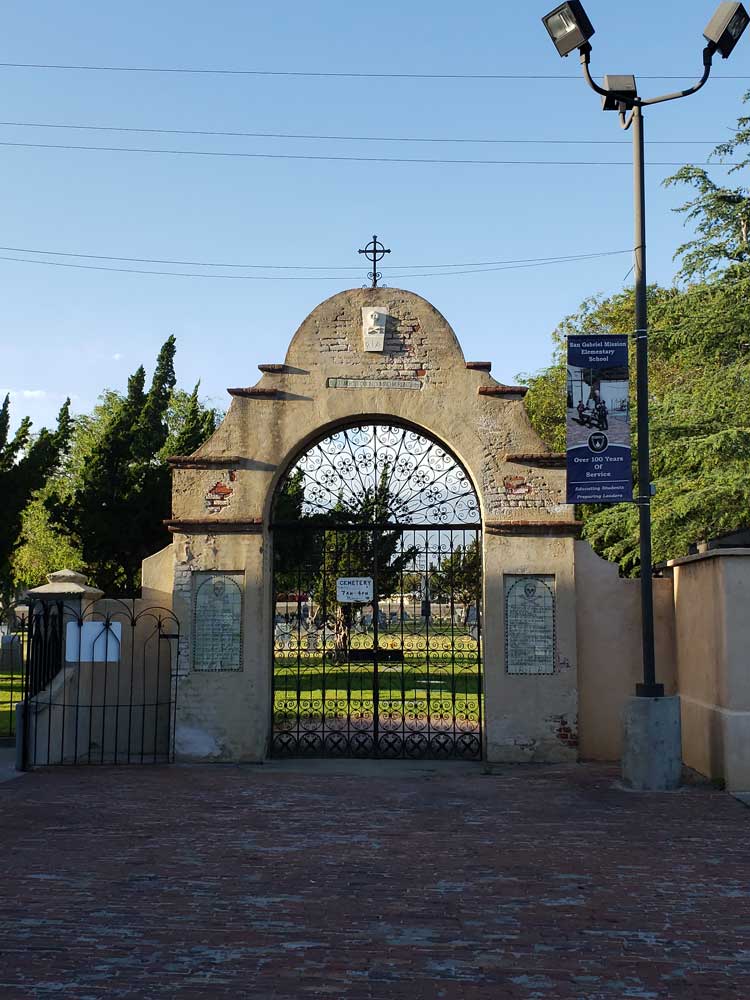
Visitors
Visitors can tour the church, museum and grounds. The adobe museum building was built in 1812 and was originally used for sleeping quarters and book storage. Exhibits include mission relics, books and religious artifacts. The grounds feature operations from the original mission complex, including indoor and outdoor kitchens, winery, water cisterns, soap and candle vats, tanning vats for preparing cattle hides, and a cemetery. There is also a gift shop.
This article uses material from the Wikipedia article "Mission San Fernando Rey de España", which is released under the Creative Commons Attribution-Share-Alike License 3.0.
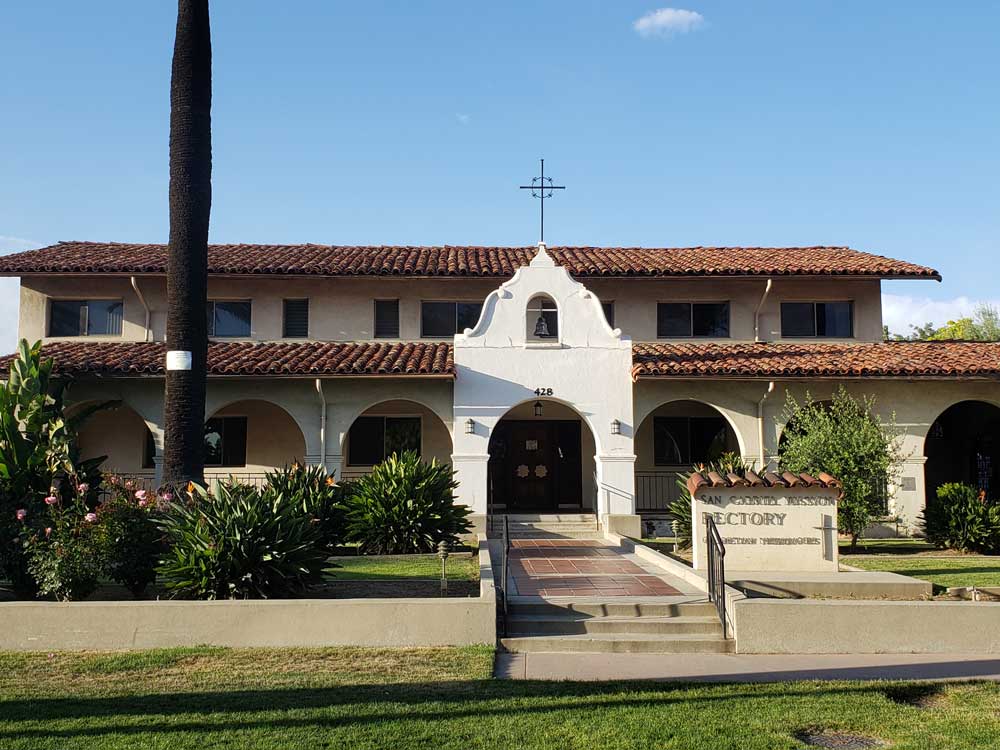
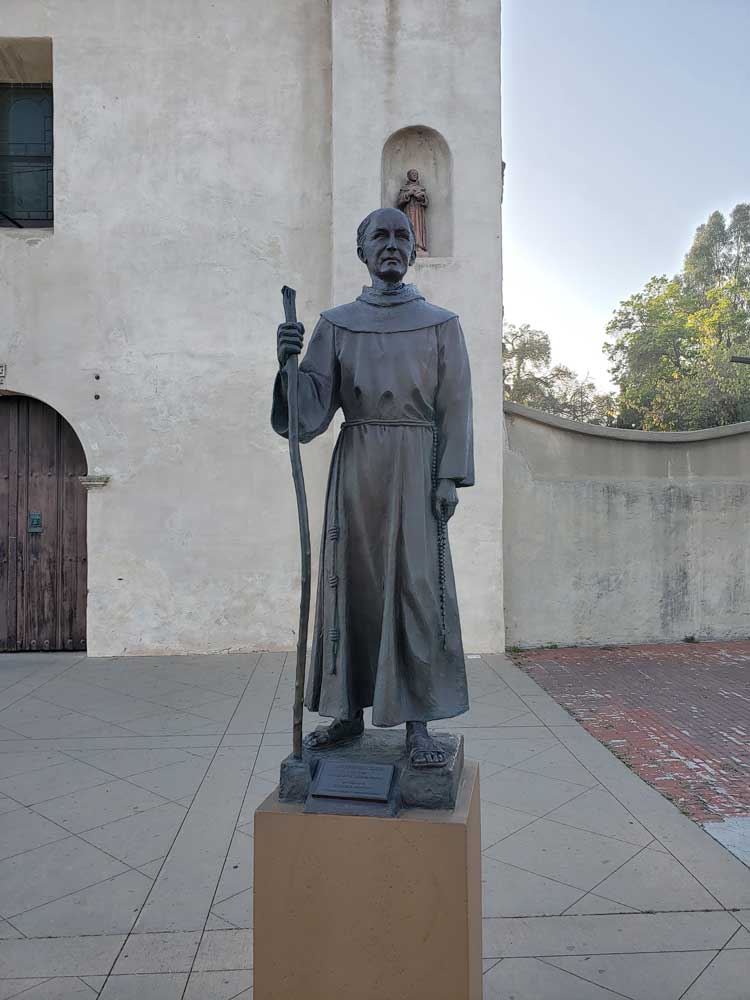 ; Image Size Adjusted
; Image Size Adjusted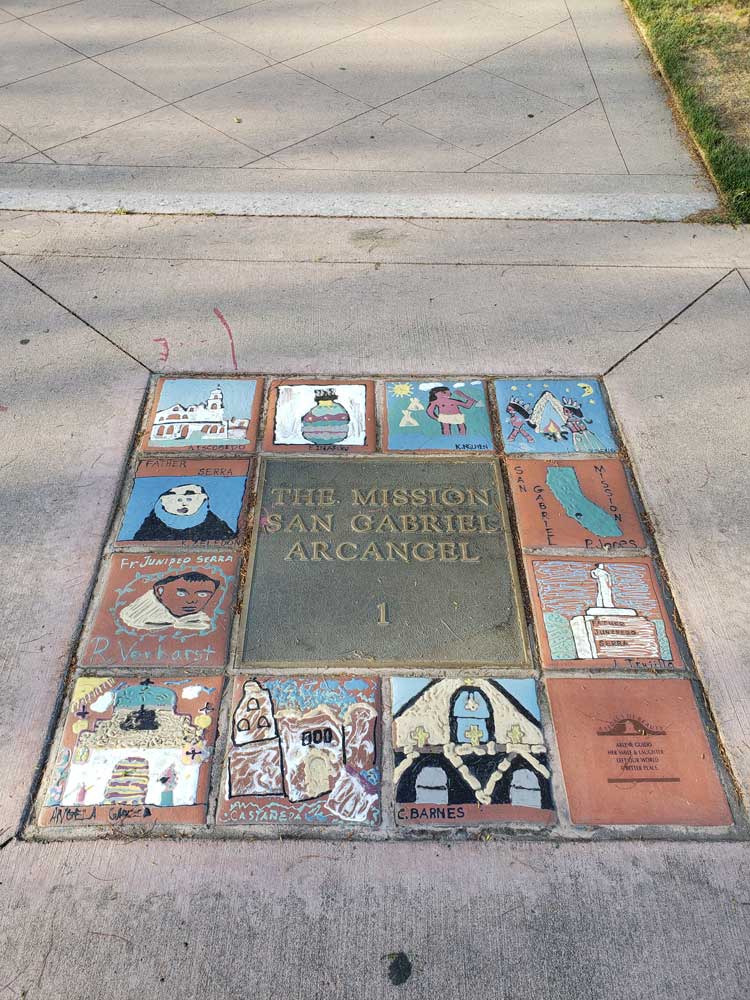
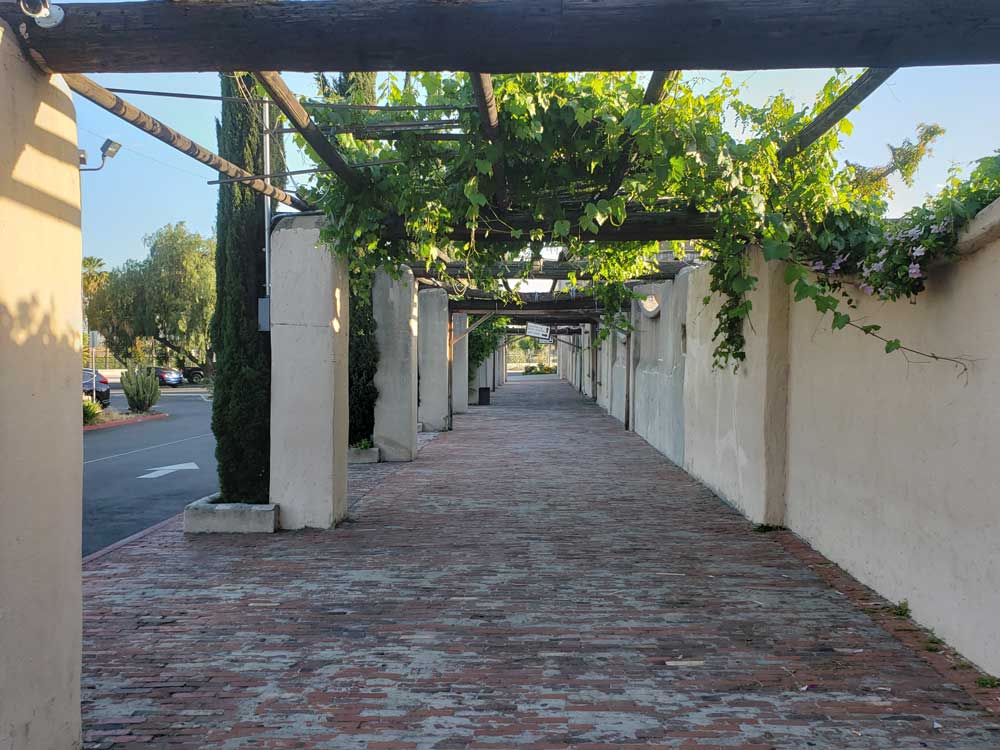 ; Image Size Adjusted
; Image Size Adjusted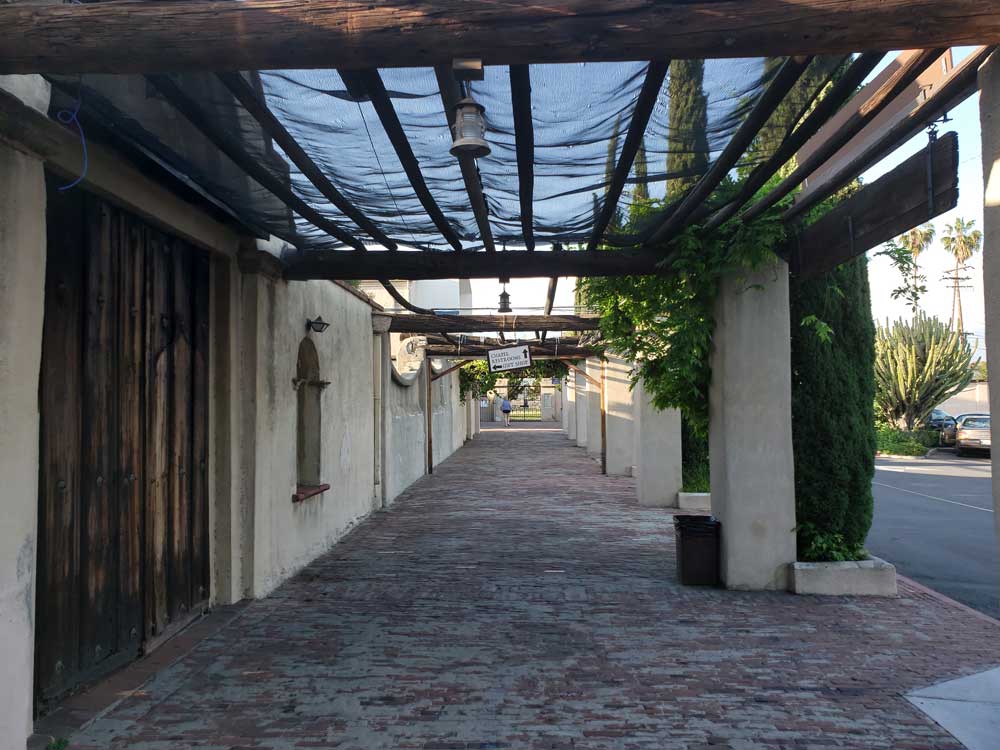
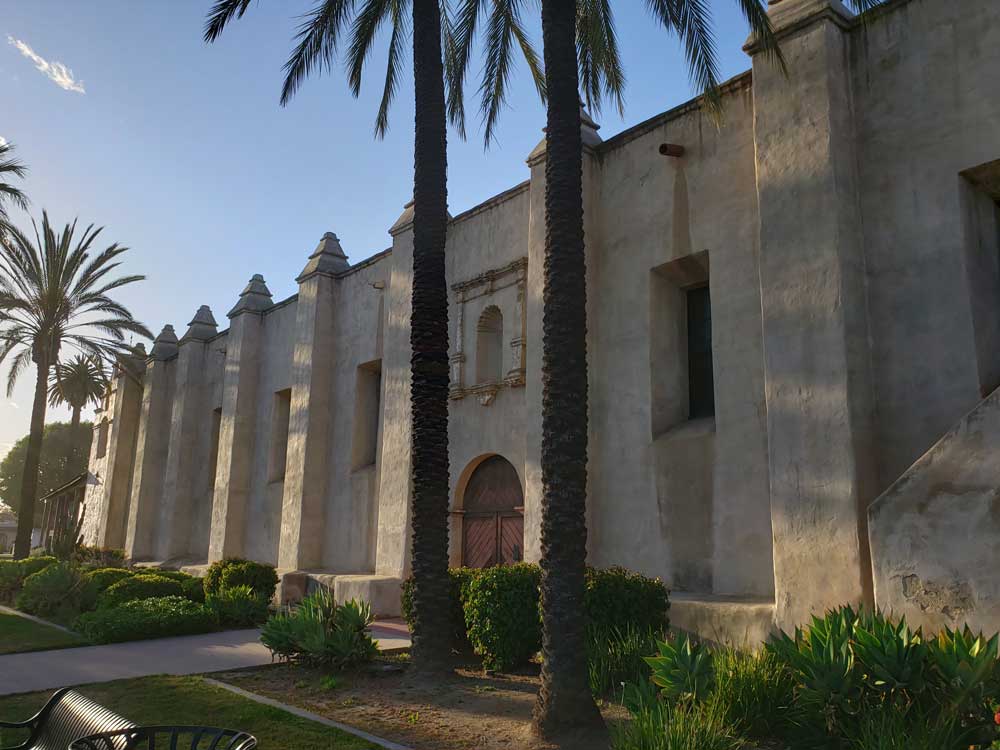 ; Image Size Adjusted
; Image Size Adjusted